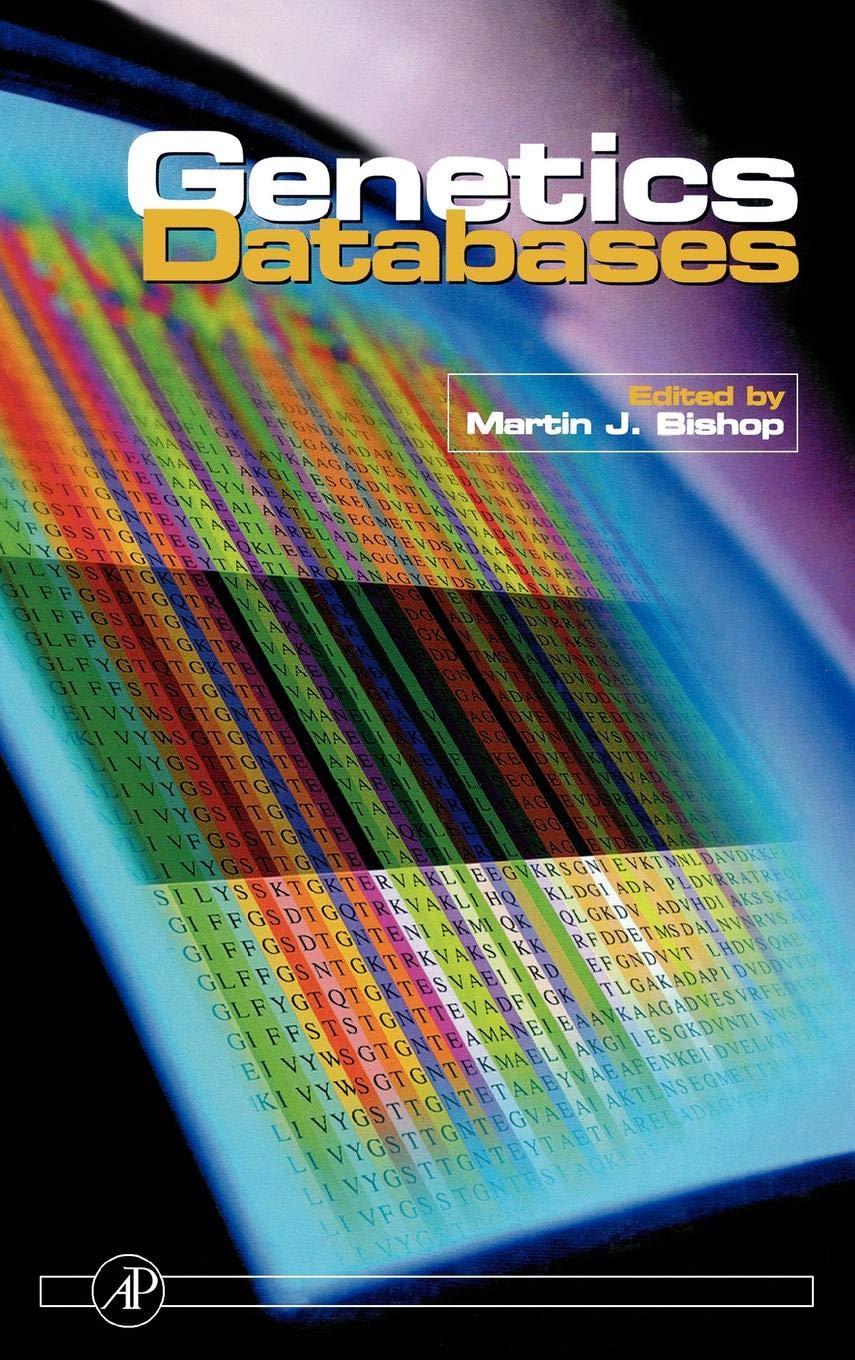Question
. What is the minimum decimal integer that can be represented in a 8-bit twos complement representation? 2. What is the hexadecimal equivalent of the
. What is the minimum decimal integer that can be represented in a 8-bit twos complement representation?
2. What is the hexadecimal equivalent of the decimal number 128? You must show the intermediate steps to how you obtained your final answer.
3. Find the sum of the following 2s complement binary strings: 110101 + 1110.
4. What decimal value does the 2s complement bit string 100000 represent? You must show the intermediate steps to how you obtained your final answer.
5. For the 6-bit pattern 010001, identify the corresponding signed decimal value given the specified representation:
a. Signed magnitude
b. 1s complement
c. 2s complement
d. Excess-32
6. For the signed integer -13, identify the corresponding 6-bit pattern given the specified representation:
a. Signed magnitude
b. 1s complement
c. 2s complement
d. Excess-32
7. Identify both the 8-bit mask and the Boolean operation needed to accomplish each of the following objectives:
a. Round-off a given unsigned integer to the next closest odd number greater than or equal to the given number, e.g., 2 becomes 3, 5 remains 5.
b. Convert any ASCII decimal digit into its corresponding numeric 8-bit value. Note: 0 = 0011 0000, 1 = 0011 0001, 2 = 0011 0010, , 9 = 0011 1001.
8. Convert the decimal fraction -0.7215 to binary with minimum of 5 places to the right of the binary point. Show how you obtained each bit.
9. Give the single-precision IEEE 754 bit pattern for the following normalized binary value:
1.1001010 x 2-64
Step by Step Solution
There are 3 Steps involved in it
Step: 1

Get Instant Access to Expert-Tailored Solutions
See step-by-step solutions with expert insights and AI powered tools for academic success
Step: 2

Step: 3

Ace Your Homework with AI
Get the answers you need in no time with our AI-driven, step-by-step assistance
Get Started


